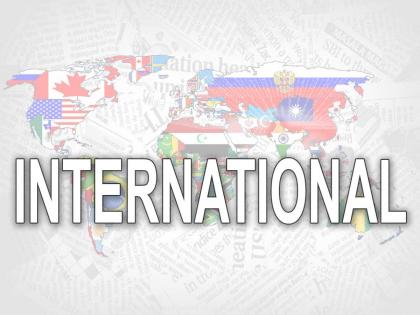Pakistan military to cut defence spending
By IANS | Published: June 5, 2019 07:22 PM2019-06-05T19:22:04+5:302019-06-05T19:30:02+5:30
Pakistan's military has decided to slash the defence budget for the next financial year in line with broader austerity measures being introduced by the government to deal with the cash-strapped country's financial woes.

Pakistan military to cut defence spending
Major General Asif Ghafoor, Director General of Inter Services Public Relations (ISPR) - the media wing of the military, tweeted on Tuesday the cuts "will not be at the cost of of defence and security".
Terming it a voluntary cut, Ghafoor wrote, "We shall maintain the effective response potential to all threats. Three Services will manage impact of the cut through appropriate internal measures. It was important to participate in development of tribal areas and Balochistan."
Prime Minister Imran Khan said he was appreciative of the military's "unprecedented voluntary initiative of stringent cuts in their defence expenditures" especially in light of the country's financial situation.
Khan said he was grateful for the move that had come "despite multiple security challenges" that Pakistan faced.
The funds saved would be used for development of the newly merged tribal areas as well as Balochistan, he added.
Calling it "not a small step at all", Science and Technology Minister Fawad Chaudhry tweeted, "Only a strong civil-military coordination can rescue Pakistan from the deep problems of governance and economy."
The army's decision, he said, "shows a complete trust in the leadership of Prime Minister by an important institution".
Earlier in February, the government had decided not to make any cuts in the country's defence budget for the ongoing year. "The country's defence budget is already low compared with other states in the region, and therefore it should be increased," Chaudhry, then Information Minister, had said.
According to experts, Pakistan's economy has grown 5.2 per cent in 2018, but is forecast to decline to 3.4 per cent this year and 2.7 per cent next year, before recovering to 4 per cent in 2021.
( With inputs from IANS )
Open in app